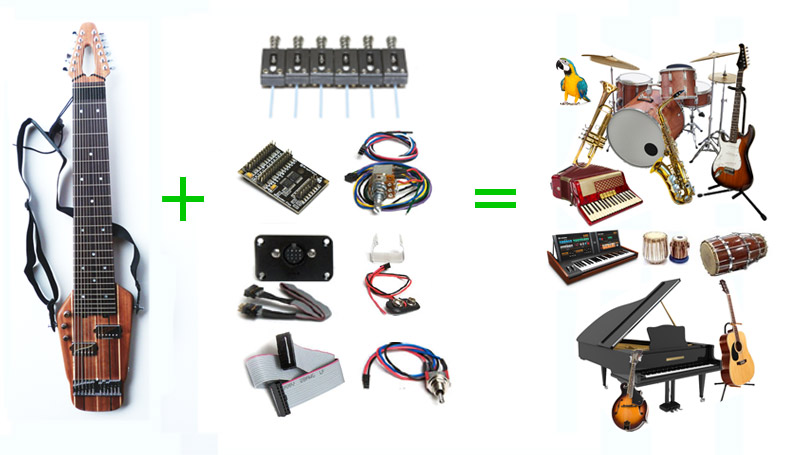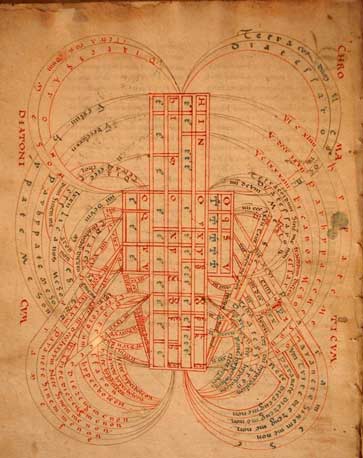If you are a Stick player who is not satisfied with your midi options, I recommend having a look at The Megatar. Already a custom built instrument designed around purity of tone and responsive feel, a Megatar set up with Stick tuning and hexaphonic midi output is the answer to a lot of questions that you did not even know you had.
While your at it why not throw in acoustiphonic piezo preamps and bartolini humbuckers. Can't you feel the power!?!
Click here to read more about the GHOST MODULAR PICKUP SYSTEM from Graph Tech.
From Graphtech, the maker of the midi system that I use:
The hexaphonic pickup system featuring unparalleled tracking in an easy-to-install package. The Hexpander MIDI interface features a proprietary harmonic damping system that results in tracking unequaled by any other system on the market today. It provides responsive and accurate triggering, no more dead spots, and no need to slow down your playing so that your system can keep up!
The ghost Hexpander MIDI interface system adds MIDI capability to almost any guitar or bass. Plug your guitar into pitch-to-MIDI converters by Roland or Axon and enter the MIDI sound universe. The Hexpander MIDI interface provides responsive and accurate tracking unequaled be any other system on the market today. Check out how affordable and easy it can be to make MIDI part of your music making.




























